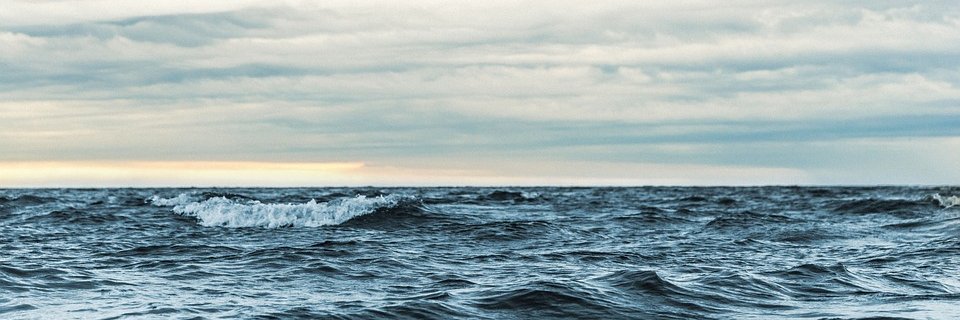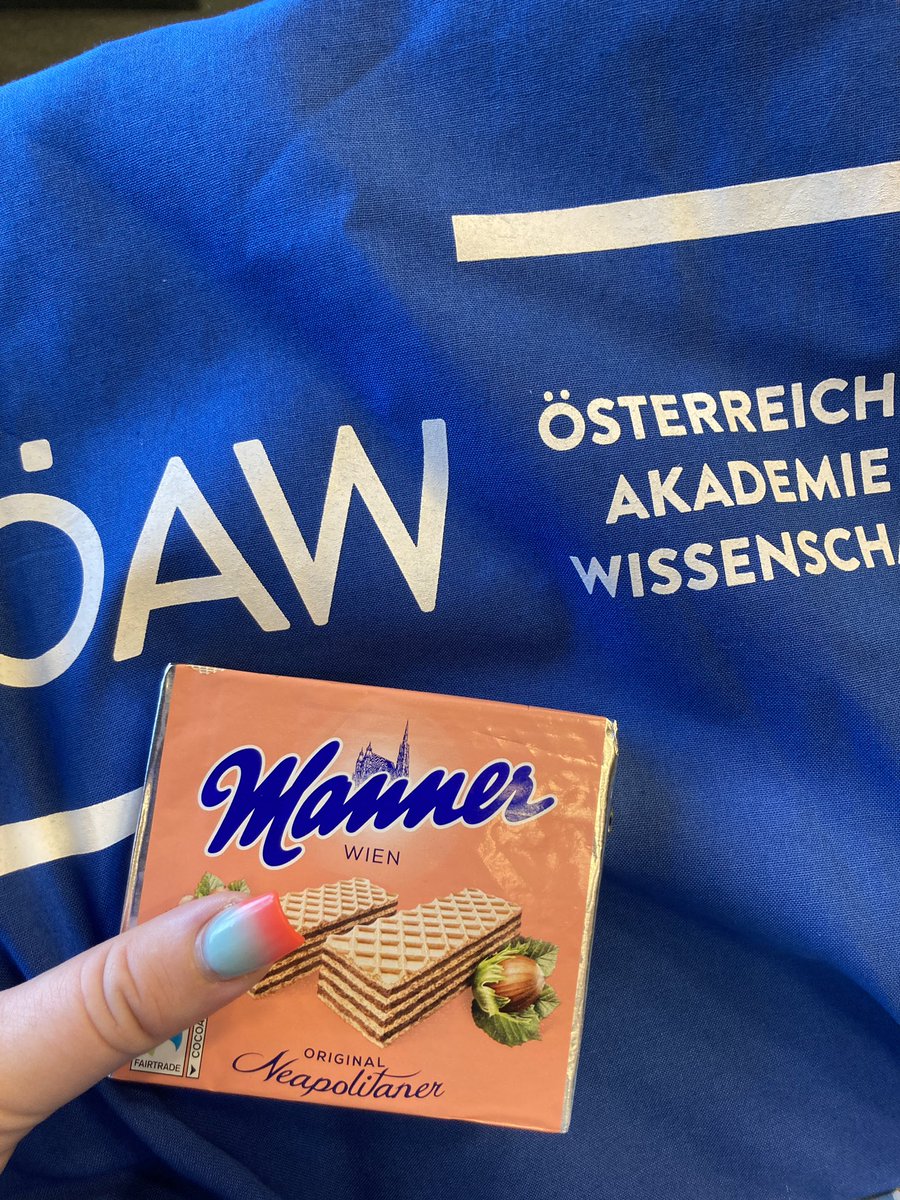
SeaChanges
@SeaChangesITN
International PhD training network bridging archaeology and marine biology @ York / Groningen / Copenhagen / Vigo / Oslo / Bologna / Cambridge
This project is funded by the European Union's EU Framework Programme for Research and Innovation Horizon 2020 under Grant Agreement No. 813383.
Submitted my PhD thesis entitled "Marine historical ecology of groupers (Epinephelidae) in the eastern Mediterranean utilising zooarchaeology, dietary isotopes, collagen sequencing, and peptide mass fingerprinting" this morning from Firenze!
Our paper, "Catch of the Day: Abundance and Size Data of Groupers (#Epinephelidae) and Combers (#Serranidae) from Middle to Late Holocene Levantine Archaeological Contexts" is now available #OpenAccess in @journal_island! @ZooArchGIA @Shyama_Ver tandfonline.com/doi/full/10.10…
PhD cum laude ✅ Thankful for a great few years in Bologna and delighted to announce I will begin a permanent research position @NIVAforskning in Oslo 🇳🇴 in September 🥳 Excited to work on ecosystem consequences of offshore wind and contribute towards the green transition 🌍
Traded in the snowy north for sunny Ravenna this week to join the final conference of @SeaChangesITN
David Orton opening the final wrap up meeting of the @SeaChangesITN. It is going to be an interesting couple of days with the ESRs presenting their cool results! Including a bunch of invited speakers.
Have you tried collagen peptide mass fingerprinting? Check out this amazing new study by our ESR @KatDierick to find out more about it 🐟
Curious what is on your plate? Try collagen peptide mass fingerprinting to find out! sciencedirect.com/science/articl… In our new (pre-proof) paper we show that you can quickly and easily use a technique commonly applied in archaeological research and identify modern fish 🐟
SeaChanges ESR Adam with another fin-tastic contribution to our knowledge about bluefin tuna skeletal changes and ecology!
We studied a 2kyr time-series of bluefin tuna vertebrae and found more rapid juvenile growth for the 1900s and 2000s. Is this fisheries induced evolution? Climate driven? Or a biomass effect? @ICES_ASC @OxfordJournals @OUPAcademic – tinyurl.com/3v9cv6fx
#PhD candidate @loumgarcia from @archaeogenomics and @biovitenskap has successfully defended the thesis "Shadows of the past, a life through fisheries and #climate change: Historical patterns in the #evolution, demography and distribution of Atlantic cod" mn.uio.no/ibv/english/re…
This week, we have another @FriendsOfYAT Lunchtime Lecture! On Wednesday, @KatDierickx from @UoYArchaeology talks about her @SeaChangesITN research, looking at human exploitation of flatfish. To read more about her research, check out her blog post here: yorkarchaeology.co.uk/newsblog/2022/…
Fantastic new work out from our ESRs @lane_atmore and @loumgarcia, with contributions from, among many others, three other SeaChanges ESRs: @BlevisKate, @KatDierickx and @archaeoliz! These collaborations between PhD researchers are exactly what this network is all about 💪🏻
What can you do with very small archaeological remains? Depending on site, it is possible to get DNA from even the tiniest of fish bones that we've ever handled. New paper by @lane_atmore and co-authors now out in JAS. doi.org/10.1016/j.jas.…
Happy month of the walrus! To celebrate come and read the new blog post by @ejruizpuerta on her vogage from the tropics to the arctic sites.google.com/york.ac.uk/sea…

New publication! We use ancient DNA to trace the origin of Atlantic cod from medieval and post-medieval archaeological sites in England and Spain. (1/4) doi.org/10.1098/rspb.2…
Are you curious about the expansion of fisheries since medieval times? Check out our new paper describing the origin of archaeological Atlantic cod using low-coverage sequence data. This is the 3rd chapter of my PhD thesis. I am a very proud first-author🐟 royalsocietypublishing.org/doi/epdf/10.10…
New publication! We use ancient DNA to trace the origin of Atlantic cod from medieval and post-medieval archaeological sites in England and Spain. (1/4) doi.org/10.1098/rspb.2…
3 years, 7 chapters, 610 archaeological samples from 13 sites, 1 publication (with more to come), and 4 conferences later: My PhD thesis is submitted! Thank you to everyone who has helped along the way to make this come true! @York_BioArCh @UoYArchaeology @SeaChangesITN
I'm thrilled to have handed in my PhD thesis today 🥳. What a journey! I couldn't be happier 😄. But the ride hasn't finish just yet. Looking forward to my defense in December. Stay tuned for more details! Thank you to @archaeogenomics for such a nice start in this celebration 🥳
After a month away from Europe I am back home to tell you a bit of this amazing, hard and incredible journey in USA, Canada and the Arctic 🐻❄️
The Fish Remains Working Group conference has come to an end already. What an intense and amazingly interesting week it has been! Thanks to the organisers and everyone there for the fruitful discussions! Looking forward to the next meeting! 😁🐟🐠🦈
Three of our ESRs, @BlevisKate, @KatDierickx, and @archaeoliz, will be presenting their ongoing work on cod, flatfish, and salmon at the @ICAZ_News Fish Remains Working Group here in Vienna in the gorgeous setting of the Museum of Natural History!


Arrived in Vienna for the Fish Remains Working Group Conference. @BlevisKate and I are very excited! 😁🐟🐠🦈 @ICAZ_News @SeaChangesITN @NHM_Wien
I had a lot of fun in the poster session yesterday evening at #ESEB2022. Thank you to those who visited poster #125. We had great discussions and shared interesting questions about the evolution of Atlantic cod across space and time 🐟.. You can still find the poster at #125 😉